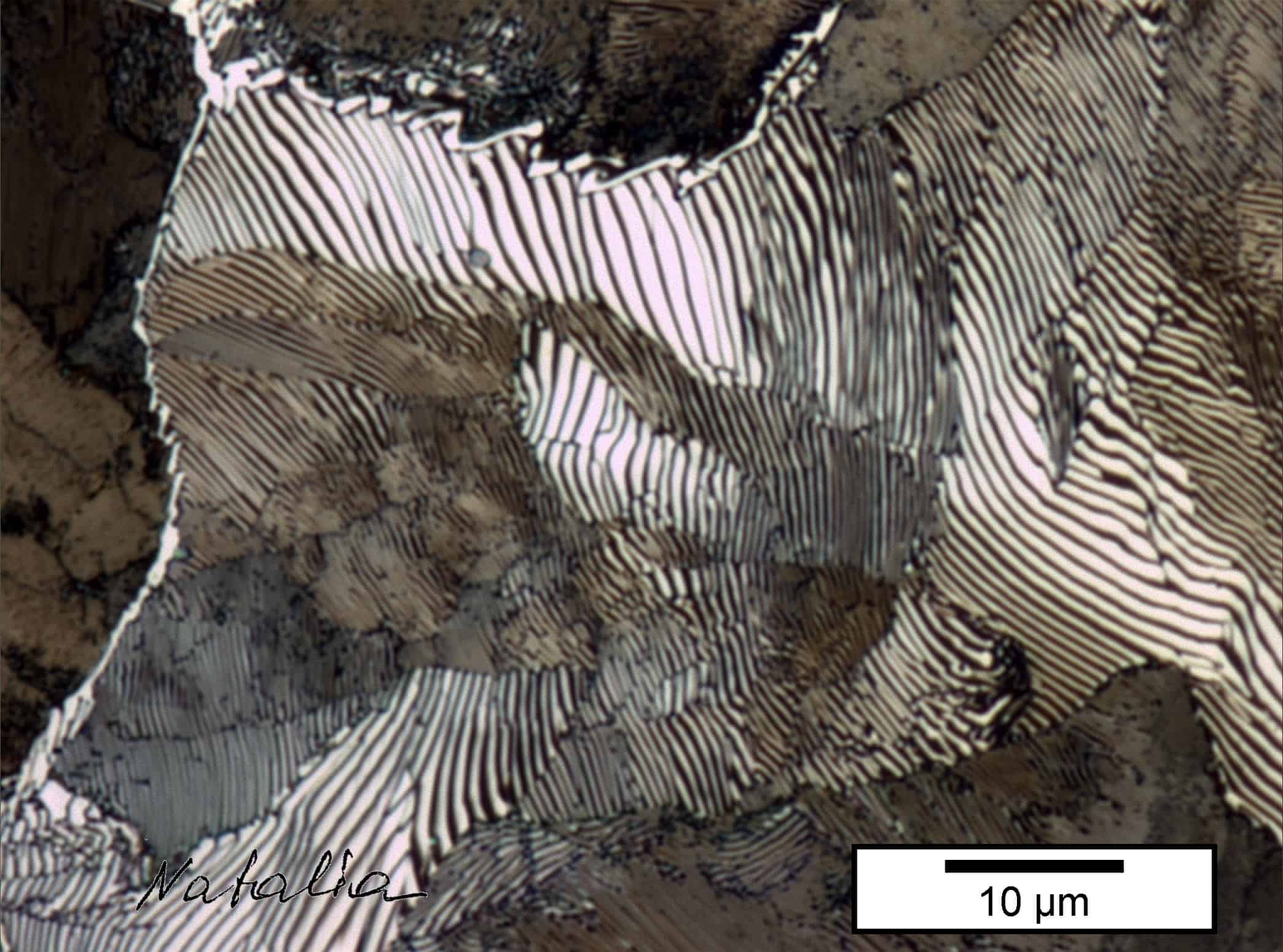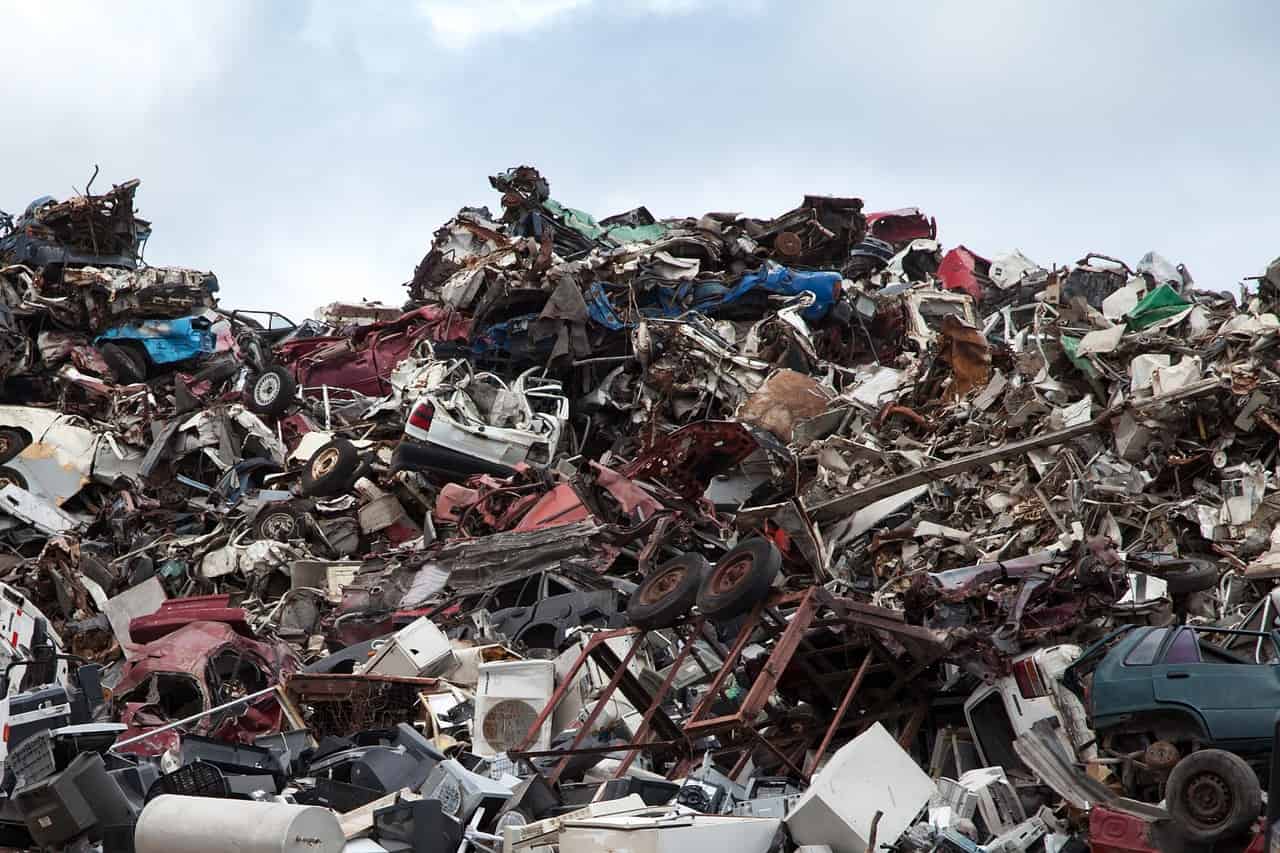
Air pollution, exhaust gas scandals, diesel driving bans, hardly a day goes by without “Germany’s dearest child”, the car, providing at least one news report. Recently, however, these reports have increasingly focused on the possibilities of new drive types and materials which, if possible, emit no or very little harmful emissions.
There are currently around 750 million cars and 250 million commercial vehicles worldwide that emit exhaust gases into the environment. It is estimated that this figure of one billion vehicles will double by 2030. “Based on the base year 2010, an increase in passenger kilometres in motorised private transport of 12.9 per cent is forecast by 2030, while tonne-kilometres in freight transport are expected to rise by 16.8 per cent”, explained Peter Gutzmer and Uwe Wagner of the automotive supplier Schaeffler in the anniversary issue of ATZ.
In view of this growth, new, low-pollutant or pollutant-free propulsion systems and new transport options are urgently needed if, on the one hand, we are not only stuck in traffic jams and, on the other, do not want to completely pollute the air. It’s a huge market opening up for business. No wonder that the race for the best and most promising powertrain is gaining momentum.

The current number one seems to be the electric motor, although the electricity that drives the vehicles first has to be produced CO2-neutral. Other approaches are to improve the tried and tested gasoline and diesel engines through intelligent regulation and control of the internal engine processes so that they produce fewer pollutants. Another possible solution to the problem, which is being researched diligently, is environmentally friendly fuels such as ethanol, natural gas, hydrogen or OME (see: Synthetic fuels for emission-free combustion engines). There is also car sharing, flying cars, or the hyperloop principle.
“Combustion engines that want to be part of the mobility mix in 2030 must be significantly more efficient and cleaner than today’s vehicles,” explains Otmar Scharrer of the automotive supplier Mahle at the ATZ, addressing the need to optimize engine mechanics, i.e. reduce friction. CO2 emissions could be reduced by two to five per cent through innovations in the air path, intelligent thermal management, an optimized oil circuit, low-viscosity oils and less friction between the engine components.” A comprehensive increase from E10 to E20 would save up to ten per cent CO2 in gasoline engines with synthetic generation using regenerative electricity”, he says, explaining that the corresponding technology is already available today.
Scharrer currently sees the infrastructure for battery charging and the capacity of the batteries such as storage capacity, service life and costs as obstacles in the expansion of electric mobility. In addition to the CO2-neutral generation of electricity, battery development must also be promoted. “In particular, the availability of fast-charging stations must be significantly increased”, he emphasizes.
Electromobility technology on the advance
Among other things, Freudenberg Sealing Technologies in Weinheim an der Bergstrasse has dedicated itself to the topic of electromobility and will present its comprehensive portfolio for electromobility at the Battery Show North America 2018. “Energy is the decisive factor on which the successful market and technology development of electric mobility depends,” says Claus Möhlenkamp, CEO of the company, which recently acquired parts of the fuel cell manufacturer Elcore in Munich. “Any supplier that concentrates too much on internal combustion engine drive systems is at risk. Therefore, it is essential to see the changes in the industry as an opportunity for one’s own company.
At the Battery Show North America, Freudenberg will present components for the thermal management of batteries, such as fixing elements for pouch cells, the DIAvent pressure compensation element and an innovative heat shield. This prevents a single defective cell from overheating an entire battery module.

Freudenberg will also be exhibiting lithium-ion batteries, which include gas diffusion layers and seals for fuel cells, flat gaskets and two-component plug & seals. In electric vehicles, these ensure, among other things, the reduction of system weight and enable complex sealing geometries as well as a chemical combination of the hard and soft materials of the component to prevent leakages.
Another exhibition highlight is a ceramic impregnated separator with a frame made of ultra-thin polyester nonwoven fabric from Freudenberg Performance Materials. In contrast to conventional membranes such as polyolefin films, the Safety Separator remains stable even at extremely high temperatures of up to several hundred degrees Celsius and does not shrink. The ceramic impregnation ensures that the porosity of the separator is maintained at high temperatures. In addition, it is significantly less sensitive to mechanical stress in battery applications than conventional products.
Hydrogen engines and fuel cells
The situation is even worse than with the infrastructure for electromobility – at least in Europe – for fuel cells. The development is quite different in Asia, where the Japanese and South Koreans are already much further along. In addition, research in Europe is stagnating because the focus is increasingly on electric mobility. However, Dr. Nikolai Ardey of Audi also sees a future for this technique. “The concepts are available, and we are guided by how the infrastructure is progressing. We put a great deal of energy into the goal of helping to advance the infrastructure itself. And we plan to launch the first car in a small series in the first half of the next decade,” says Arday in the ATZ.

For the hydrogen engine, Arday is also pretty pessimistic. “The efficiency is simply lower than with the fuel cell. However, this is eminently important for a fuel cell vehicle, because the range of a truck with a 700 bar hydrogen tank is already a limiting factor,” he explains. In addition, a hydrogen engine runs the mixture at very high temperatures, “well above the Zeldovich point, where a lot of NOX is produced. That means you have to do a very extensive NOX aftertreatment, which of course reduces the attractiveness again.”
It remains to be seen which forms will ultimately prevail. Scharrer, Gutzmer and Wagner presume that probably there will be something of everything.







